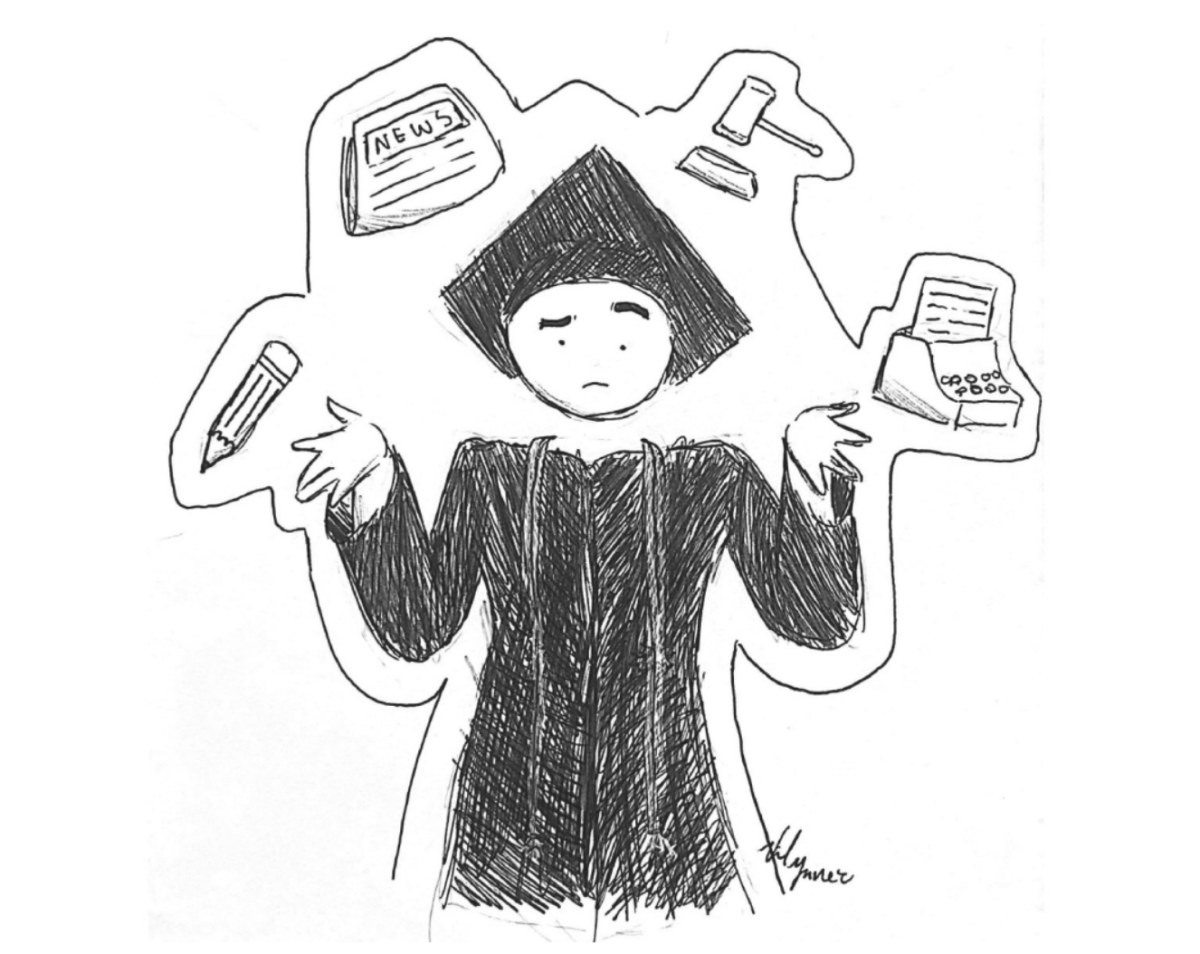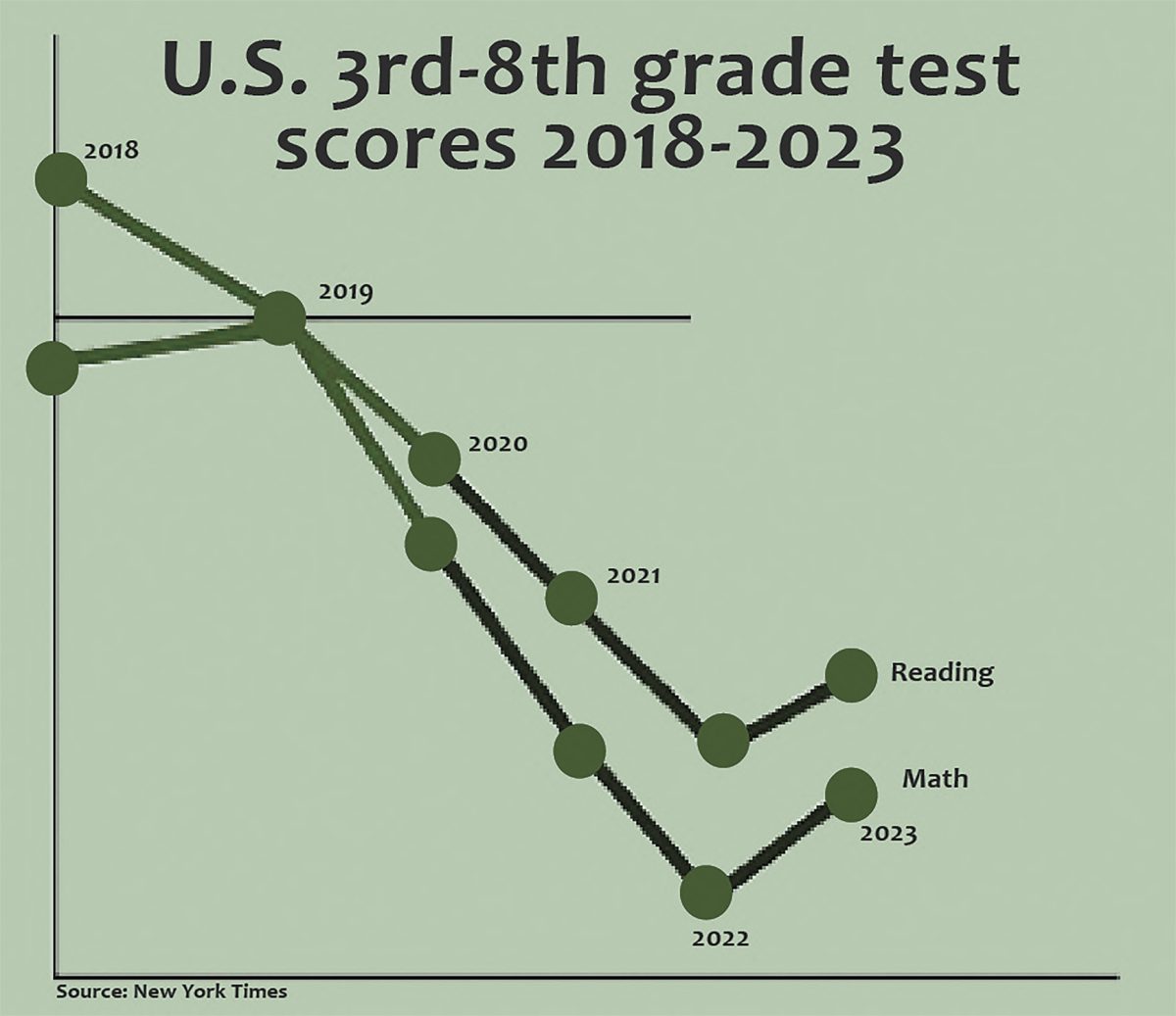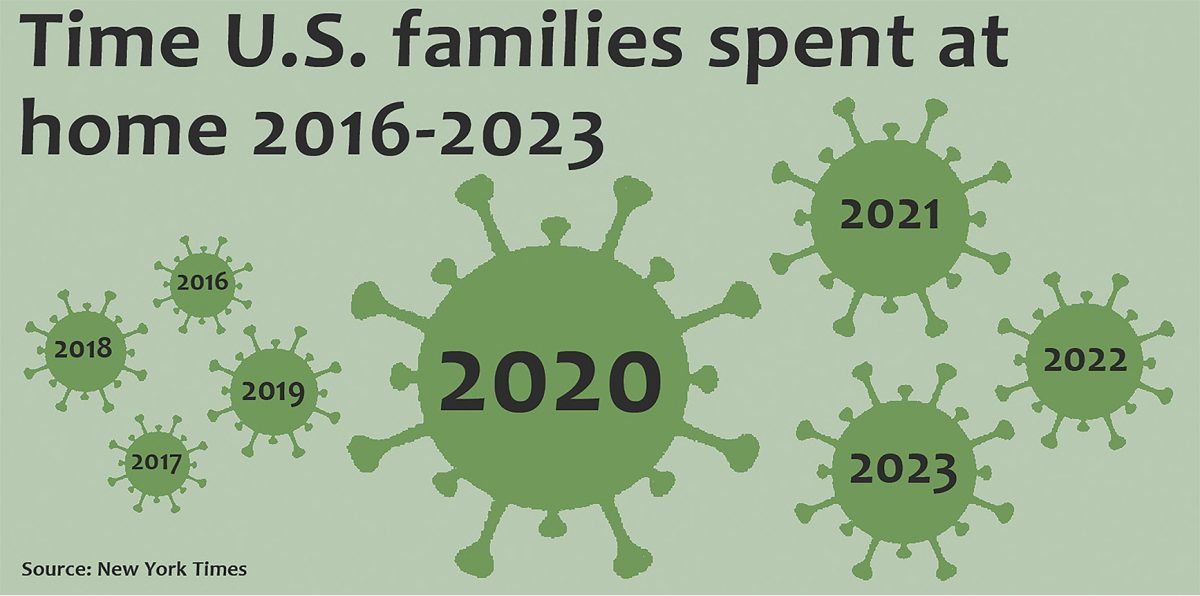Although Title IX granted women greater involvement in sports, female athletes have continued to be discriminated against, especially at the collegiate level.
For many years, female athletes have been characterized as weaker and worse than their male counterparts, so they have experienced acts of gender discrimination. Most recently, in the 2021 March Madness basketball tournament, there were stark differences between the women’s and men’s facilities. According to ESPN, the weight room was one of many inequalities highlighted by female athletes. While the male athletes had nearly a full gym of racks with weights for a full team’s worth of players, the women were given a stand of relatively lighter weights and a stack of yoga mats, creating an inadequate weight room for the female athletes. The worst part was, the NCAA thought this would go unnoticed.
In response, female basketball players such as Sedona Prince of Oregon took to TikTok to highlight the lack of care that the NCAA showed toward them in the tournament. Since the video was released, the NCAA has apologized for the treatment of the female athletes. Still, there is no plan in action to create an environment that emphasizes gender equality and how to rebrand the association to demonstrate a similar compassion and strength of the men’s program. There is no excuse for a lack of equity within an organization that profits off of the ability of humans.
As the issue became more evident to people around the country, the Women’s Basketball Coaches Association wrote a stern letter to the president of the NCAA, Mark Emmert, saying that the incident was unacceptable and a plan needed to be instituted to ensure equity in forthcoming events, according to ESPN. The WBCA received a long awaited response in which Emmert excused the incident as a result of the pandemic. The NCAA has undervalued women’s sports for 40 years, and the pandemic will never be a valid excuse for these actions.
It is understood that the NCAA does not have to comply with Title IX because it is a private institution, but the contrasts between the two tournaments were too vast to not have been purposeful. According to ESPN, in the NCAA manual, there is still a section that mandates that all activities must be designed without gender bias, so they were violating their own code of conduct.
ESPN has pointed out that the discrimination within the basketball tournament does not end there. The women’s tournament has never been able to claim the “March Madness” brand that is so greatly associated with the men’s league. The courts in each tournament are labeled completely differently, one bearing the prestigious title, and the other labeled “NCAA basketball,” ultimately centering all the tournament hype around the men.
NCAA officials once again attempted to excuse their decisions by saying that no females had ever asked them to change the logo. But ultimately there is no female athlete that would approach an organization with a history of gender discrimination to ask if they can have an equal chance; even if they did, the company would simply ignore their request. This has been evident for years, as all NCAA officials are men who seem completely content with just focusing on the men’s side, creating huge disparities between genders.














